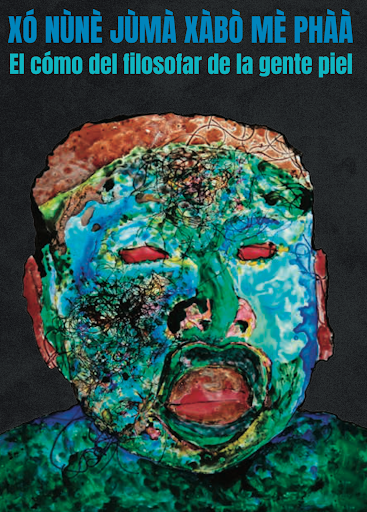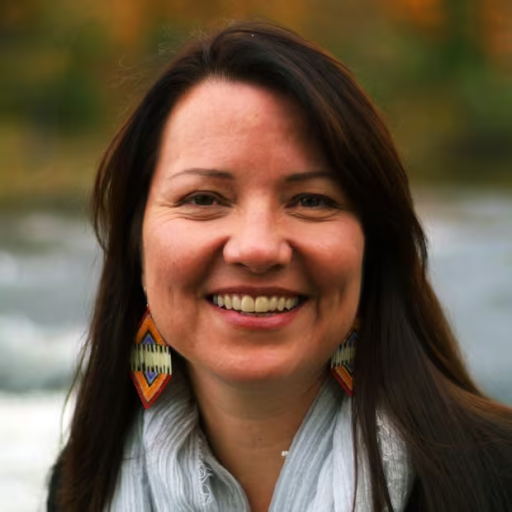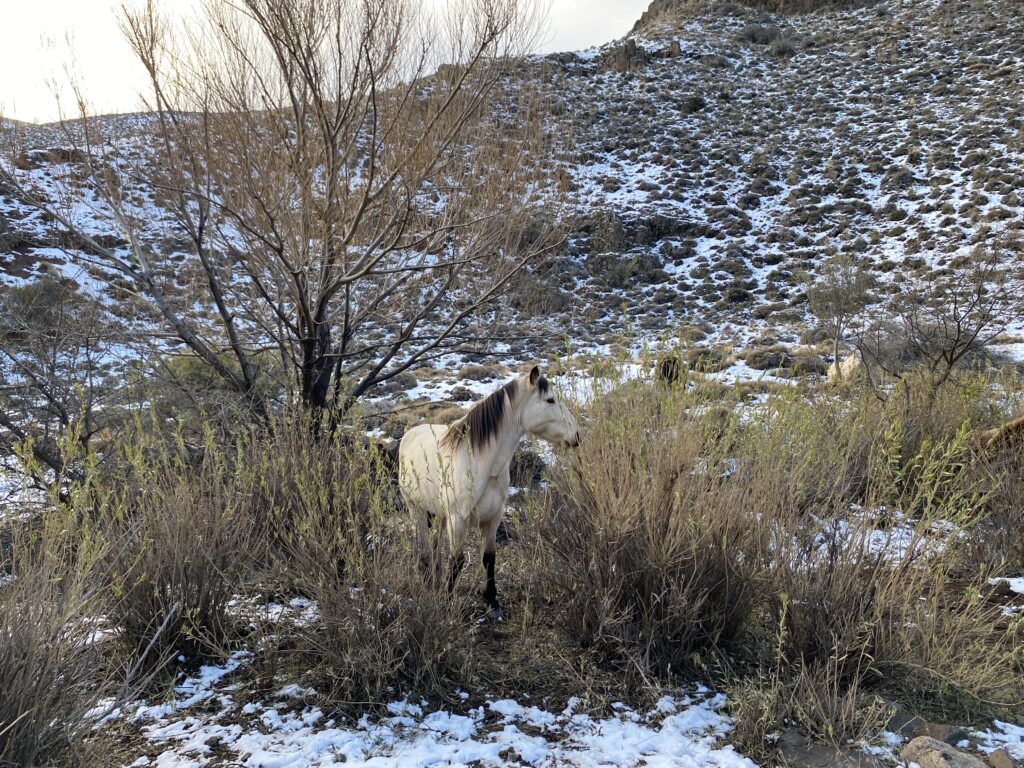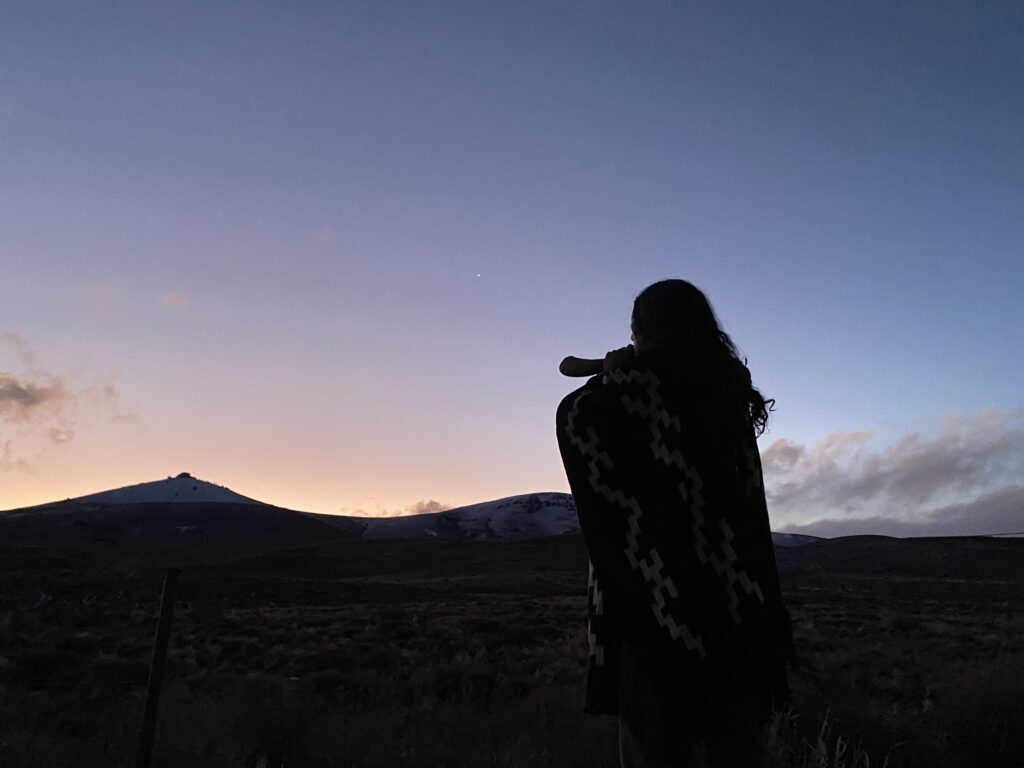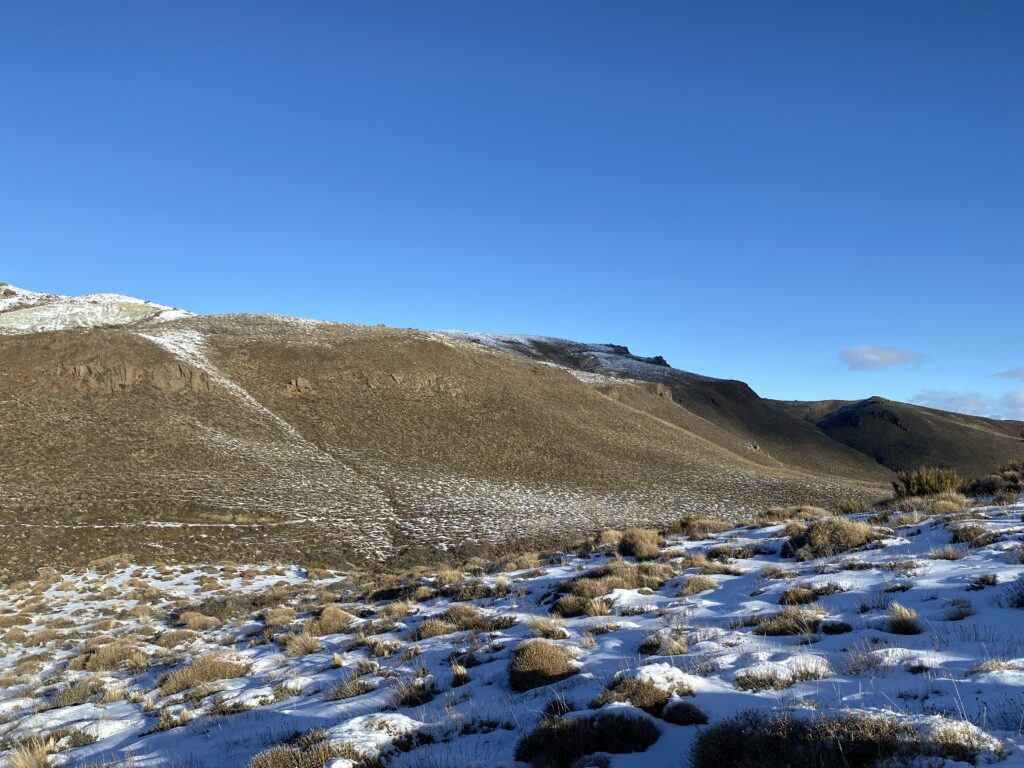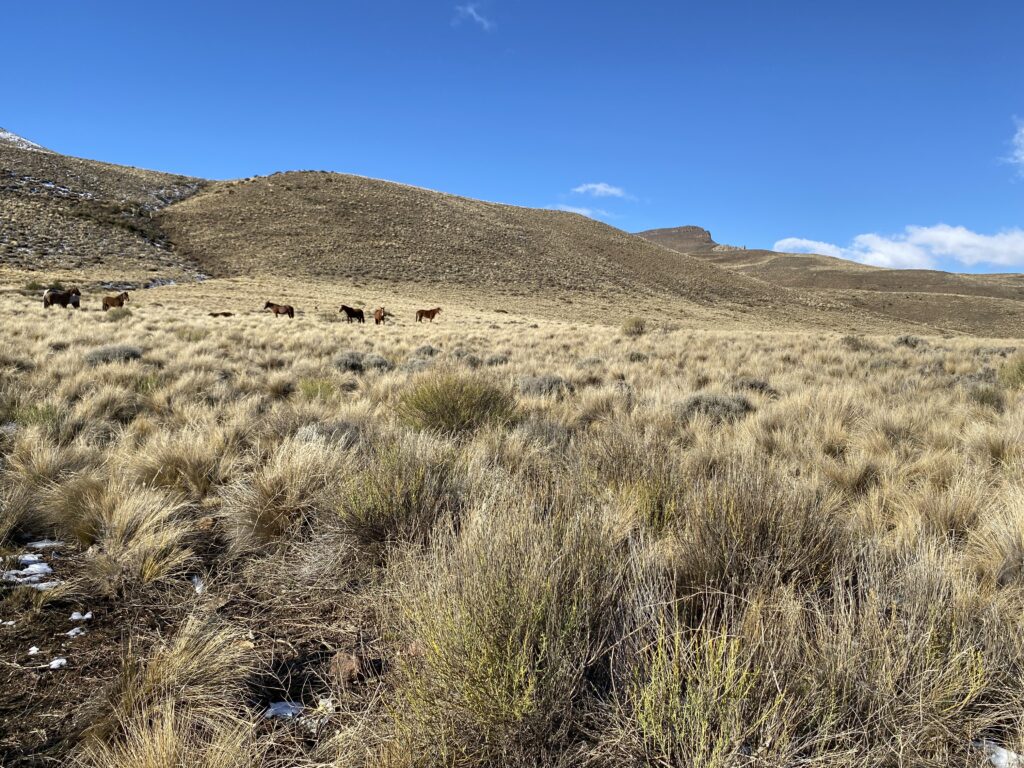© Translated by Paul M Worley and Melissa D Birkhofer
The yopes: Mbo xtá rída/Skin-people
During the Pre-hispanic period, the Mè’phàà language was known as Yopi, and its speakers were called Yopes or Tlapanecos, a name derived from the cacicazgo or chiefdom where they lived. Tlapaneco became the most important name for official histories, given that the name Yope became associated with a group of rebels whose Yopitzingo chiefdom was able to maintain its independence during the era of Mexica expansion and staged numerous bloody rebellions in the defense of its territory during the colonial period.
These cultures were named from how they were known: their economic activity, the characteristics of where they lived, and important events that happened to them. This is how they became toponyms that understand their territorialization. Following this logic, the place where the Yopes lived was called Yopitzingo, and Tlappan-Tlachinollan was where the Tlapanecos lived.
In his Historia general de la Nueva España, Fray Bernardino de Sahagún states that the Tlapanecos and the Yopes are one in the same:
The Yopes and the Tlapenecos are from the region of Yopitzinco; they are called Yopes because their land is called Yopitzinco, but they are also referred to as Tlapanecos, which means, “rusted men,” because they are that color. Their idol is called Tótec Tlatlauhqui Tezcatlipuca, which means, “colored idol,” because the clothing it wears is red. The idol’s priests wear the same color, as does everyone else in the region. They in particular are rich, and speak a different language than the one spoken in México. (Sahagún, 1830, p 135).
En Mè’pàà, mbúinùù means “rust,” which is surely what they used to paint their faces, as in the representation of several Yope people seen in the Tudela Codex1. Painting one’s face also held a religious meaning, but we don’t know if this was widely practiced, as in the two volumes of the Azoyú Codex Tlapanec people are not represented as being painted. In other codices dealing with Nahua history, a mask covering one’s eyes symbolizes the morning star (Venus), which coincidentally is associated with the oldest lineage of Tlapanecos: “called Quahiscalera or Tlahuiscalera (lords of the “dawn” or “sunrise”) that probably goes back in timbrine to the rulers of Temixlican…that lineage adopted the name Temilitzin” (Dehouve Op. in Gutierrez and Brito, 2014, p. 36).
Within this logic of naming according to “doing” or “being in a place,” the Yopes were known for rituals that were related to skin, which they performed in ceremonial centers they had established, such as Tehualco or “House of the Sacred Water,”2 where they performed rituals to Xtóaya’ “water skin,” one of the most important deities in their culture. Today Xtóaya’ symbolizes fertility and abundance, and rituals associated with her are related to the earth changing its skin, the dry season, and the rainy season. The dry season is represented by the deity Àkùùn èwè or “Lady Hunger,” who is expelled in a rite that consists of making a doll, binding its feet and hands, and taking it to the river, where it is drowned in the mouth of Xtóaya’. In the creation story, Xtóaya’ is who cared for and brought up À’khà “the sun” and Gùn’ “the moon,” who in turn generated the movement that gave rise to time and made life possible. Xtóaya’ also cures the sick, calms people’s tempers, and brings the rains for planting. The Xtámbaa “Skin of Earth” ceremonies are made to her.
1 A pictographic manuscript made by Indigenous people in the Colonial Period during the 16th Century. 2 Today this is the most important archeological site in the state of Guerrero.
The contemporary Náhuatl word xipeua means “to peel” or “to skin,” and yopejtle or yopeuhtli means, “to remove.” We can thus infer that Yopitzingo, the town of the Yopes, is related to ceremonies of flaying.
It is feasible that the word “yopi” or “yopime” is a synonym of “xipe” (flayed) and that it is made from the contraction of the Mexican verb “yopehua,” which means “to skin something,” and which can be translated by those who have something flayed from them, i.e. the flayed. It is likely that the Mexica baptized populations in the South as the “Yopi,” those who “remove the skin,” and this may be one of the reasons why they have such respect for them, to the point that they feel that a marriage between their daughters and the Yopis elevates their social standing. (Vidal, 1987, p 11)
Historians mention that the origin story of the god Xipe Ttotec takes place in the territory of the Yope people and that he was worshiped in a number of different cultures, each one reinterpreting Xipe Totec according to its vision of being and doing in the world. For the Mè’phàà the skin is the heart of everything that exists.
However, the group that lives in what today is known as Tlapa de Comonfort, Guerrero, is known as Tlapanecos, a term that comes from Náhuatl. The root of the word has two possible interpretations: the first is that tla comes from tlalli or “earth,” pan is a locative indicating place, and neco, which translates as “dirty” (the origin of the word “neco” is related to chichimeco, which means dirty dog or painted dog); the second definition is that tlapan means “back,” with the word tlapaneco meaning “with a dirty back” or “burned back.” Both words were used and evolved as a pejorative way to refer to the Tlapanecos as “the people with painted faces,” “the people with dirty faces,” “those with filthy faces.”
The ancient glyph for Tlapa appears on the obverse of folio 3 of the Azoyú Codex, with its toponym represented as a red circle that can be interpreted as “red earth” or “russet-colored earth.” One of the names by which Tlapa is known is “place of the red earth,” and can refer to the activity carried out by its inhabitants, that is, “the place of the dyers.”
In the Mè’phàà language Tlapa is known as A’phàà, a word associated with terms such as A’phàà or “wide” and màtha A’phàà or “wide river,” which can be the origin of this word given that Tlapa is crossed by two large rivers which are today known as the Tlapanec River and the Jale River. From this, we can deduce that the demonym of mbo mè’phàà “the one who is from Tlapa,” can mean, “people of the wide river,” which would be a name that reflects the characteristics of where they live.
Linguists from the region affirm that mè’phàà may also be derived from the word mix’bàà, which they translate as “dirty,” “painted,” or “blackened,” a characterization of the Mè’phàà that appears in the majority of old documents and which, as previously stated, would correspond to the toponym Tlapa. In oral memory, it is said that the ancient Mè’phàà had the ability to pass through the earth itself.
The three possible meanings of the word mè’phàà, whether “painted people,” “people who paint,” or “people of the large river,” correspond to the demonym of the place (Tlapa), which given its importance was applied to the people there, the same as Yopitzingo. Through our research here we propose that in the nickname “skin people” which is used for us Mè’phàà, the word xtá “skin” is the origin of the philosophy that unites all the dialectical variants of our language.
In our region today the place where we live defines the dialectal variant of mè’phàà, as the people who create names for where they live, for example: mbo wí’ììn is the demonym of the municipality of Acatepec, with wí’ììn meaning “place of reeds.” In Náhuatl, on the other hand, Acatepec means, “hill of the reeds.” People in the municipality of Tlacoapa call it mbo míwíí, which means, “place of chiles,” and which comes from the planting of chiles as an economic activity, such that the demonym corresponds to, “gente of the land of chiles.” In Náhuatl Tlacoapa means, “half of the great cliff,” tlajko-apan “half-canal,” or “place in the middle of the woods,” tlakotl-apan “stick-forest.”
In the same way, Malinaltepec is where the mbo mañuwìín live, with mañuwìín meaning “place where cords are twisted,” making reference to an economic activity from the past, and so the demonym means, “people from the land of the twisted cord.” In Náhuatl Malinaltepec means, “twisted hill” or “twisted grass.”
On the other hand, Tlapa has a long history of being under siege. Take the actions of the Mexica army in 1447, for example:
After 1462, the state of things underwent a qualitative change, as it appears that its leaders negotiated a pact of cooperation with the Mexica, which avoided open war with the Triple Alliance for 25 years and helped double the size of Tlapa-Tlachinollan’s political space. Finally, owing to factional infighting and conflicts surrounding succession, Tlapa-Tlachinollan’s internal cohesion and political unity were weakened, and it was conquered militarily by the Mexica in 1486. (Gutiérrez and Brito, 2014, p. 27)
Following the death of the ruler “Rain” of Tlapa-Tlachinollan, who had diplomatic relations with the Mexica, in 1477, Mexica military incursions intensified. Sources such as the Tlapa-Tlachinollan codices indicate that the conquest of this territory was achieved in the year 7 Deer, or 1486. For their part, according to Sosa and Michel (2012), Mexica sources mention, “the sacrifice of Tlapaneco captives in the temple of Huitzilopochtli.” In addition, “The Annals of Cuauhtitlán state that on the date 7 Rabbit, said captives were taken during the conquest of Tlapa. The Mexica year 7 Rabbit would correspond to the Tlapaneco year 7 Deer or, as said before, 1486” (pg 14).
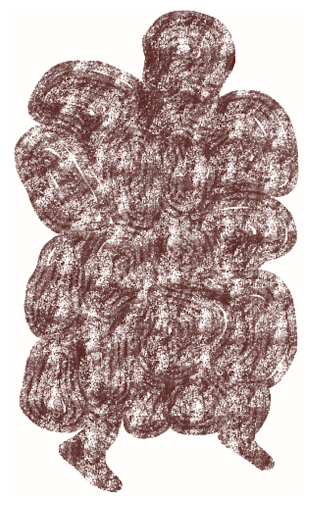
Mè’phàà, Náhuatl, and Ñuu Savi cultures all converged in Tlapa, each one with its own political system, confronted by expansionist conflicts and constituting a “large, highly complex political unit […] that extended across some 4000 to 6000 square kilometers” (Gutiérrez and Brito, 2014, p. 27). At the time of the Mexica invasion, Tlapa could not unite politically and militarily to defend itself. By comparison, Yopitzingo was distinctly Mè’phàà and was able to remain an independent kingdom.
Illustration by Víctor Gally
The Yope, who from oral histories we have referred to as mbo xtá rídà or “skin people,” and the Tlapanecos or Mè’phàà from Tlapa, have diversified their forms of resistance, first in opposition to Nahua expansion and then in opposition to the Spanish:
Ten years after the Conquest, the insurrection of the Tlapanecos certainly did not make life easy for the encomendero of Cacahuatepec, don Diego de Pardo. In March 1531 don Diego wrote to the México’s accountant, Rodrigo Albornoz, to inform him of the rebellion. When he asked the Tlapanecos, “Why they are doing so many terrible things,” “They responded by asking me why I asked them to say anything, that I didn’t know that they had never wanted to serve Moctezuma who was the great Lord of the Indians, so how could I expect them to now serve the Christians; they had always had wars, and they preferred to die in them and so show who they are.3
3 From a document found by Francisco del Paso y Troncoso in the Spanish archives. Published by the National Museum of México on the occasion of the First Congress of Mexican History in 1933. It can be found in Paso y Troncoso (1905) Suma de Visitas de los Pueblos, in Papeles de la Nueva España, Madrid, t.I.
According to the evidence found in the Azoyú codex, we can infer that the Mè’phàà had been engaged in a war of resistance to defend their territory well before the colonial period. There is a sustained memory of the invasion, and the terror and fear have passed from the Prehispanic period down to the present. The war now is for control of the territory on the part of narco-traffickers and extractivist multinationals.
Knowing our history enables us to understand the relations of power that shaped the identity of our People, which is why we are invisibilized and denied by official history. Our history was stigmatized and an alternative narrative was created to divide the Tlapanecos and the Yopes, as if they were distinct cultures, erasing their past and negating the memory of their long history of resistance.
When the priests came to evangelize our culture during the colonial period, the Mè’phàà People who did not convert to Christianity were called devils, cannibals, or people who skinned others, and for this reason, they were killed. Given that they continued their resistance, a narrative of hate was created around them, with the priests feeding this terror to prevent the distinct Mè’phàà communities from allying with one another, and under these Manichean tendencies, they marked the history of the Peoples who rebelled against evangelization.
Memory of the Skin-people
In oral memory, they say that there existed the mbo xtá rídà (from the Mè’phàà: mbo “people,” xtà “skin,” ridáá “hanging” or “intertwined”), who spoke a variant of ancient Mè’phàà and had the ability to stretch out their skin. There are innumerable horror stories about them. For example, they say these people would ask to stay the night in someone’s house and would stretch out one of their ears to make their bed, stretch out the other for a blanket, and when the night was over they’d get up to steal children and eat them.
Oral narratives exist for a reason and have a purpose: to turn memory into action. The hate towards the Yopes that was fomented ended up demonizing their rituals, in which they flayed their enemies in combat. Dressing themselves with that skin gave rise to a number of stories, stories that sought to colonize the collective imagination of the survivors of the town of Yopitzingo such that they would be persecuted and murdered by their own people.
Today mining companies have an interest in the region where the Mè’phàà people live:
Over the past few years, the territories of the Indigenous Peoples of the Mountains and Costa Choca in Guerrero have attracted the interest of the mining industry owing to the 42 mineral deposits found there. The Federal Government has granted around 38 different 50-year concessions to companies to undertake the exploration and exploitation of the Mountain region’s mineral wealth without taking into account the rights of the Nahua, the Mè’phàà, and the Na Savi. According to the mining titles 200,000 hectares have been given over to the mining industry, all of which are currently being explored. (Tlachinollan, 2017, p 6)
And even though some towns have sought relief from these activities, as in the case of San Miguel del Progreso,4 which was the first town to successfully defend itself against the mining industry in México, the problem continues as these mining concessions have not been definitively canceled.
4 For more information, see: Tlachinollan. (January 28, 2022). Informe. Júba wajín: Una batalla a cielo abierto en la Montaña de Guerrero por la defensa del territorio y la vida.
As these mining projects are carried out,5 and as has happened in other parts of the state of Guerrero where the mining industry operates,6 they will displace the region’s inhabitants, introduce organized crime, prohibit forms of worship, agriculture, and hunting, all of which will end up impacting and destroying the knowledge and identity of our communal way of life.
5 Tlachinollan. (28 de enero de 2022). Mapa de proyectos extractivos de minería en Guerrero y en la Costa-Montaña. 6 Mining companies that operate in Guerrero are: Leagold, Gold Corp, Newmont, Minaurum Gold, Newmont Vedome Resources and Hochschild Mining, Torex Gold Resources. Considered until 2015, “The largest gold mine in Latin America and the foremost source of gold on a national level, it is located between the towns of Mezcla and Carrizalillo, Guerrero.” It is one of the zones with the highest rates of violent crime committed by gangs who coexist with the state-sponsored armed groups and are under the protection of the police.
In 2012, on being confronted with the threats of extractivism and the sacking of natural resources, the Consejo Regional de Autoridades Agrarias en Defensa del Territorio (CRAADT; Regional Counsel of Agrarian Authorities in Defense of the Land) was formed in the Mè’phàà community of La Ciénaga, in the municipality of Malinaltepec, and is a model organization in the struggles for land in México.
In the Mountains, you are constantly subjected to harassment by paramilitaries, the military, and criminal groups, who use violence to dispossess people of their land. These groups are employed by the mining companies to displace entire communities, sowing terror and death, so that they can finally take control of the territory. And even though in the Mountains, where Xtóayà’ lives, people continue to resist and control these groups of criminals (which exacerbates the violence along the border), we, the people who live here, ask ourselves, “for how much longer?”
We must add to this context the ruptures and violence that occur within communities, conflicts over boundary lines, violence, machismo, the inequality that gradually leads to femicide, and daily beatings that become embedded illnesses that end the lives of women.
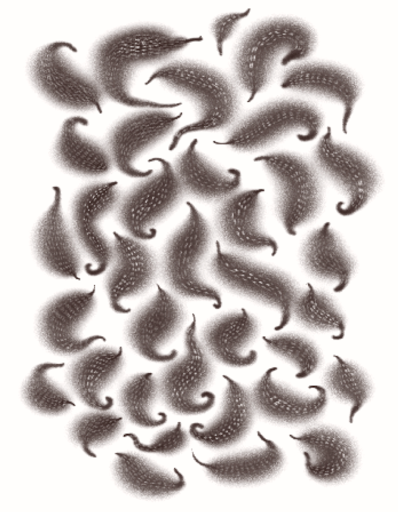
Similarly, the division caused by political parties generates ruptures in communal thought, as each party seeks power and seats in the assembly where relationships of friendship and camaraderie are controlled. This generates tears in the fabric of the community and therefore the common good, which prevents us from confronting collective problems and facilitates the dispossession of our lands and local knowledges.
Illustration by Víctor Gally
We must rethink the relations of power and how we have normalized them within our communities. Our struggle to revindicate and defend our territory requires us to come together in the fact of communal social injustice. To do this, we must understand our history as much as possible and put the official story of colonization on trial, questioning the stories from oral memory to re-educate ourselves, bring evidence against, and denounce the local caciques who have corrupted the power within our communities. It is necessary for us to think from ourselves, as xtá “skin” who care about resolving the problems confronting our community.
Our ancestors survive in each one of us, in every action that we take to dignify life itself, the heart of the mbo xtá rídà still beats in the voices of the mountains, and in the histories of the many Peoples who continue to defend themselves against organized crime and extractivist industries.
For more about Hubert Matiúwàa and the Skin-people
- Read the full book in Spanish HERE
- “Where the Clouds Are Scars”, a poem in Siwar Mayu
- “In the Skin of Two Worlds. An Interview...”, Juana Adcock
About the translators
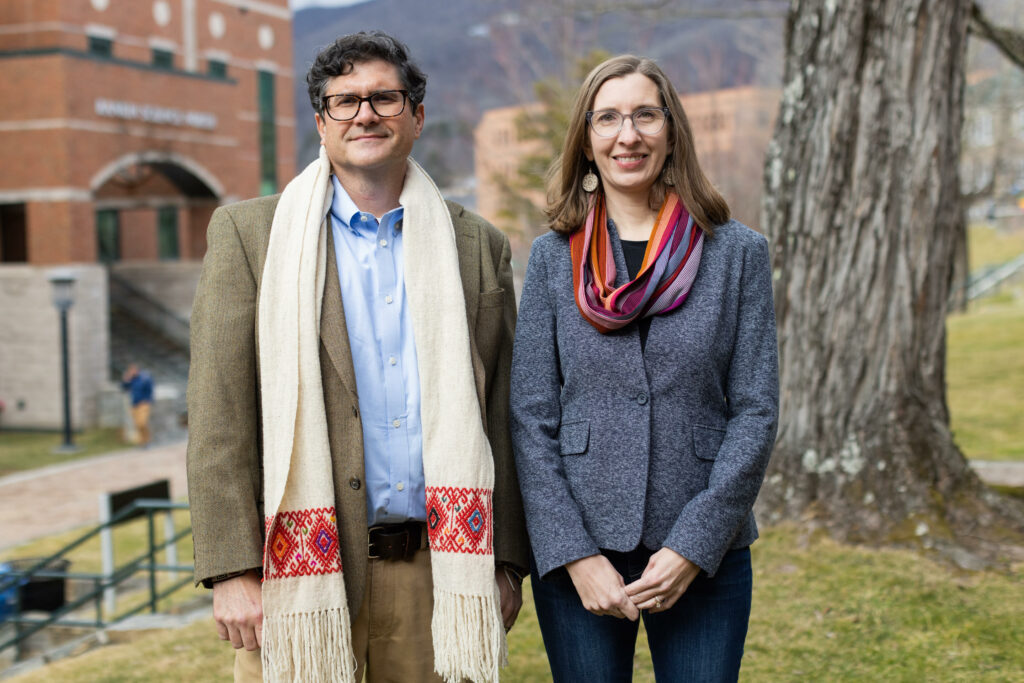
Melissa D. Birkhofer is a settler scholar and Visiting Assistant Professor in the English Department at Appalachian State University where she teaches courses on Latinx and Indigenous Literatures. She co-authored the article “She Said That Saint Augustine is Worth Nothing Compared to her Homeland: Teresa Martín and the Méndez Cancio Account of La Tama (1600)” published in the North Carolina Literary Review with Paul M. Worley. Her article, “Toward a Feminist Latina Mode of Literary Analysis in Julia Alvarez’s How the García Girls Lost Their Accents,” was recently published in Convergences. She was the founding director of the Latinx Studies Program at Western Carolina U and is a co-director of the e-journal Label Me Latina/o.
Paul M. Worley is the Chair of the Department of Languages, Literatures and Cultures at Appalachian State University. He is the author of Telling and Being Told: Storytelling and Cultural Control in Contemporary Yucatec Maya Literatures (2013; oral performances recorded as part of this book project are available at tsikbalichmaya.org), and with Rita M Palacios is co-author of Unwriting Maya Literature: Ts’íib as Recorded Knowledge (2019). He is a Fulbright Scholar, and 2018 winner of the Sturgis Leavitt Award from the Southeastern Council on Latin American Studies. In addition to his academic work, he has translated selected works by Indigenous authors such as Hubert Malina, Adriana López, and Ruperta Bautista, serves as editor-at-large for México for the journal of world literature in English translation, Asymptote, and as poetry editor for the North Dakota Quarterly.
El cómo del filosofar de la gente piel © Hubert Matiúwàa
Siwar Mayu, March 2024 ~
“The Yopes”, and “Memory of the Skin-people” © Translated by Paul M Worley and Melissa D Birkhofer

